A look at the new Royal Norwich golf course
In September the 126-year-old Royal Norwich GC moved to a new home a few miles away. We speak to its estates director, Peter Todd, about the extraordinary amount of course management work that went into this, his role as a member of the club’s board and the club’s unique Turf Care Centre of Excellence building.
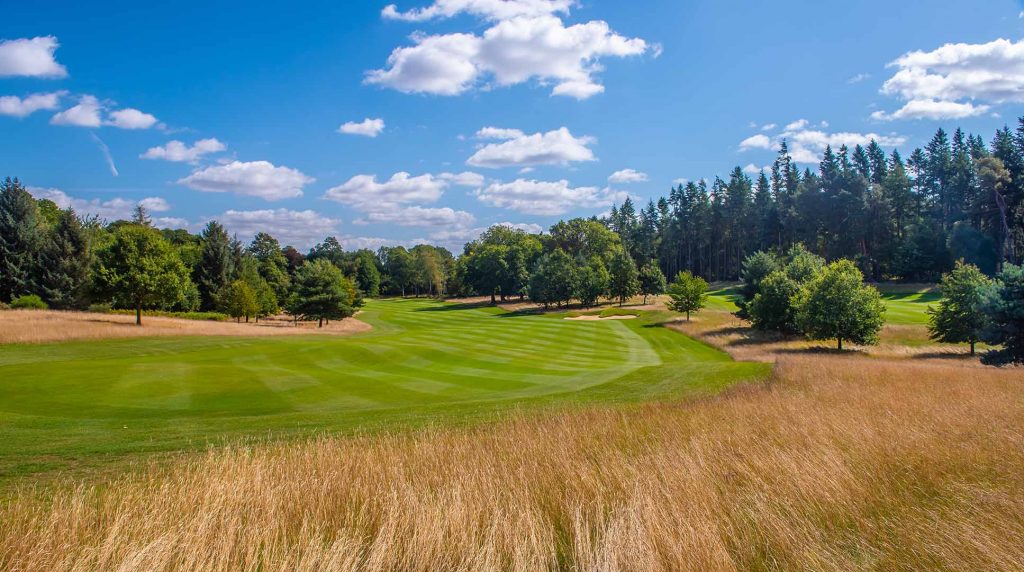
Perhaps the biggest story in the UK golf industry in 2019 has been the opening of Royal Norwich Golf Club’s relocated multi-million pound golf course, bringing a 10-year vision for the sporting venue to fruition. The course, designed by Ross McMurray of European Golf Design and including a six-hole academy course, has moved several miles, opening last month with Ryder Cup legend Ian Poulter playing the inaugural round. Demand to play the new course is said to be extremely strong, and the historic club’s membership has risen by more than 150 per cent over the last two years.
We caught up with the club’s estates director, Peter Todd, to find out about how the new course has been built and the role the greenkeeping team has played in this major upheaval.
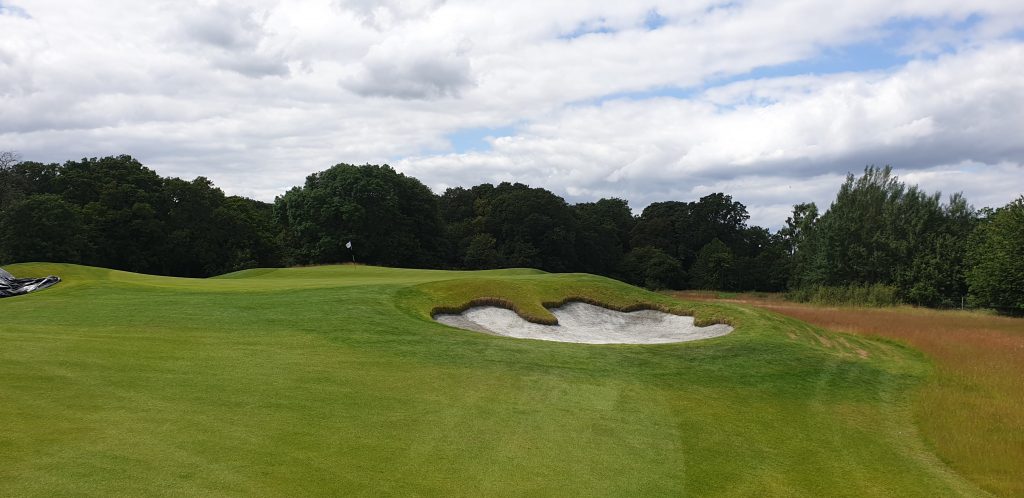
Before we get onto Royal Norwich, can you outline your career path and tell us about the greenkeeping team at the club?
From a teenager one of my first jobs was maintaining the grounds at a four acre property which I continued to look after for eight years.
Following a grammar school education, I joined Reed International working across three divisions. This commercial experience has stayed with me throughout my greenkeeping career and has been invaluable in so many ways.
After seven years with Reed I changed direction and became a mature student of landscape management, going on to a hands-on role with the contractors constructing the Nicklaus Signature courses at both Gleneagles and then the London Golf Club. Following this stint in construction, I stayed on to be involved with the grow-in at the London Golf Club, going on to manage the staging of numerous televised tournaments.
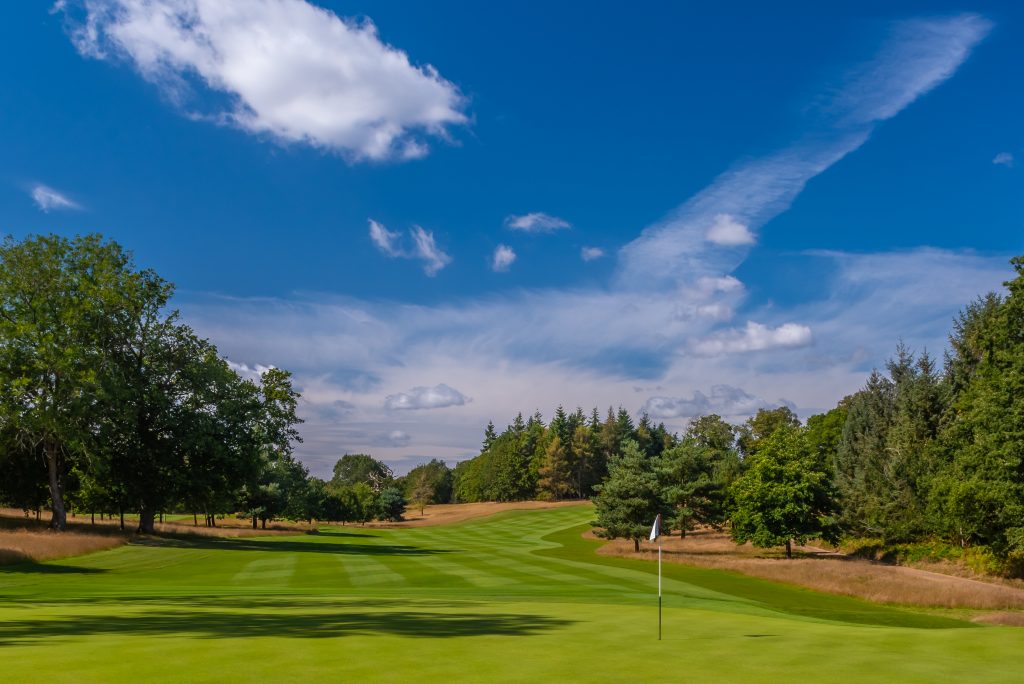
In 2016 I began assisting Royal Norwich in the planning, specifying and other elements of preparation for the club’s re-development and new course construction. As construction began in summer 2017 I became both a board director and estates manager at Royal Norwich.
We currently have a team of 13 at Royal Norwich to cover running the 18-hole course, six-hole academy, practice facilities, 330 acres of grounds and gardens, as well as machinery maintenance.
We are aiming to train as many all rounders amongst the team as possible to give us maximum flexibility and provide a more satisfying work experience.
Total numbers on the team don’t necessarily tell the whole story as we are developing a more flexible approach with some full-time staff, some part time and some just at weekends to better fit with the needs of running the business.
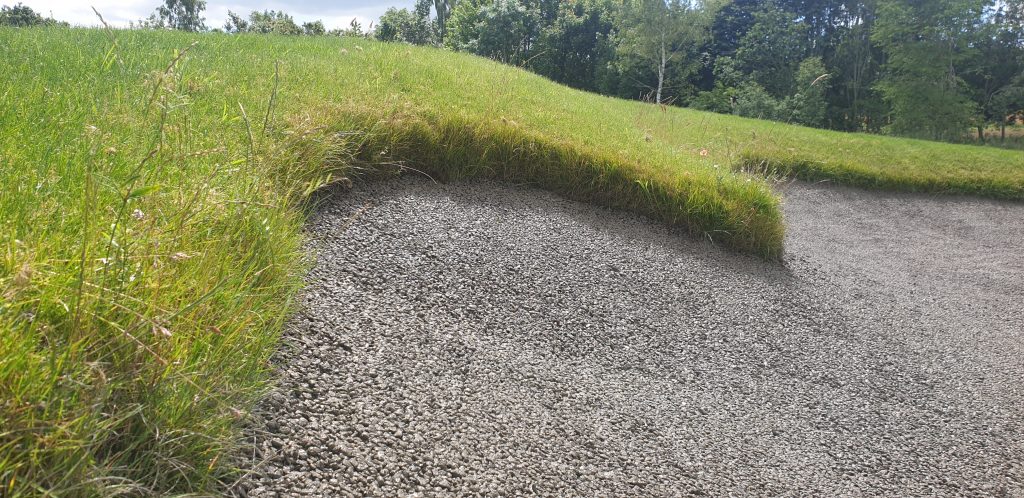
From the first day, Royal Norwich aimed to do things differently. What thought process determined the planning of the course, the needs of the greenkeeping team and the ongoing maintenance programme?
Setting out a strategy to provide a clear journey for members from juniors to seniors, with facilities to match their needs at all stages of developing their golfing skills. Providing the six-hole academy course, multiple tee options to create a course length from 5,330 to 7,200 yards to suit all abilities.
Aiming the business model squarely at the family and creating a facility to welcome everyone from grandchildren to grandparents. Thinking outside of just golf and making the experience of coming along to the club relaxed, informal, fun and enjoyable for all.
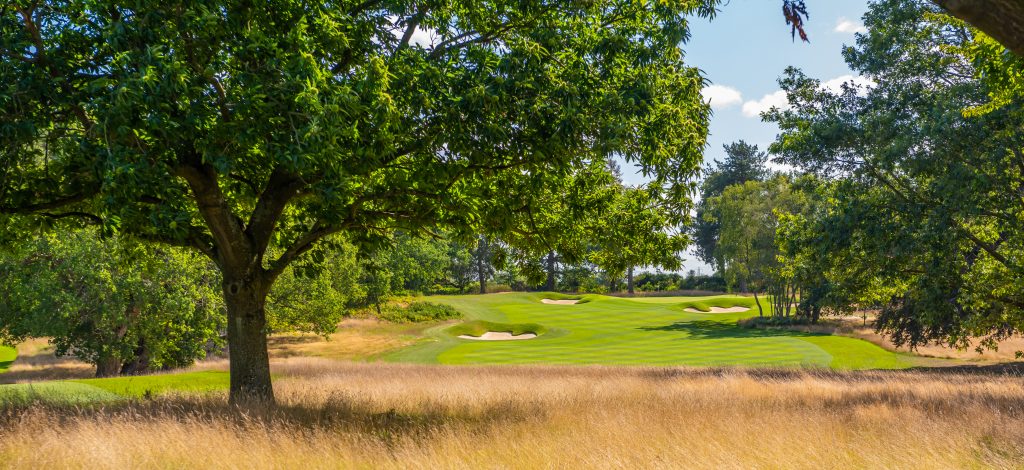
The design of the course was intended to fit in with the existing mature landscape and be understated in character. Limiting bunkering to those strategically in play, and not aesthetic bunkers, to create a look.
Grass species chosen were made to help reduce long-term maintenance issues, provide agronomic strengths in having a mix of species and suit the East Anglian dry climate.
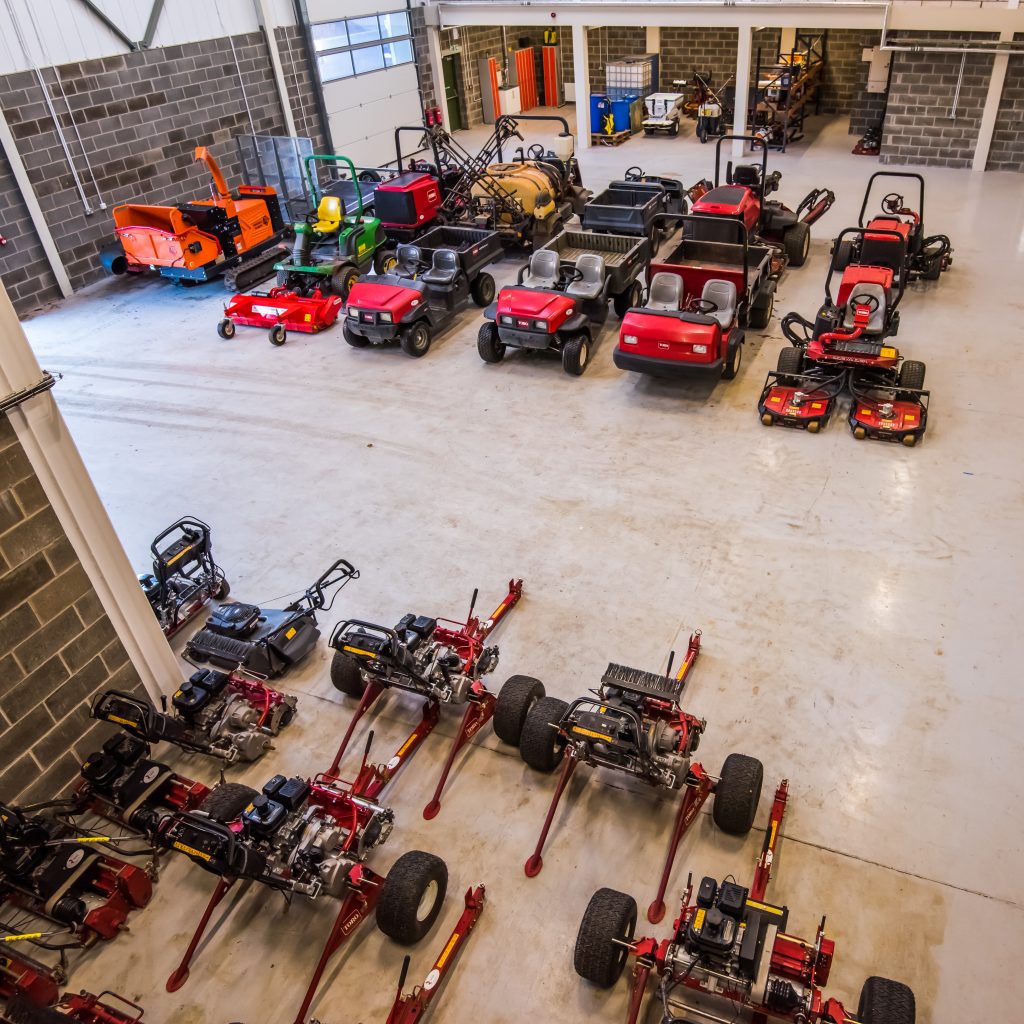
The governance model of the Royal Norwich was changed. Who drove this, how was it changed and how will it benefit the club moving forward?
David Coventry, our current board chairman, has extensive industry experience as a board director of numerous companies and together with a number of members involved shaped a new governance model. This new model introduced a structure with nine board directors, five of whom are members, two are employee directors and two non-executive directors.
Members of the board need to bring skills to the board to benefit the club such as finance, human resources, legal and so on – the two non-executive directors have 60 years golf industry experience between them and myself, proprietary club experience – tournament, construction and grow-in experience and our general manager – teaching and proprietary club experience.
The change to being strategically led by a board of directors with specific skill-sets and experience, rather than a amalgam of members on committees that lacked this expertise, changes the dynamics of decision making.
The board discusses and sets out the strategic objectives for the club and the management team are then left to operate the business of the club to achieve these aims without operational interference.
This makes the senior management more accountable for their operational decisions rather than taking instruction from committees.
The club benefits from a more progressive, dynamic, business-like operating model that allows managers to take more timely and effective decisions.
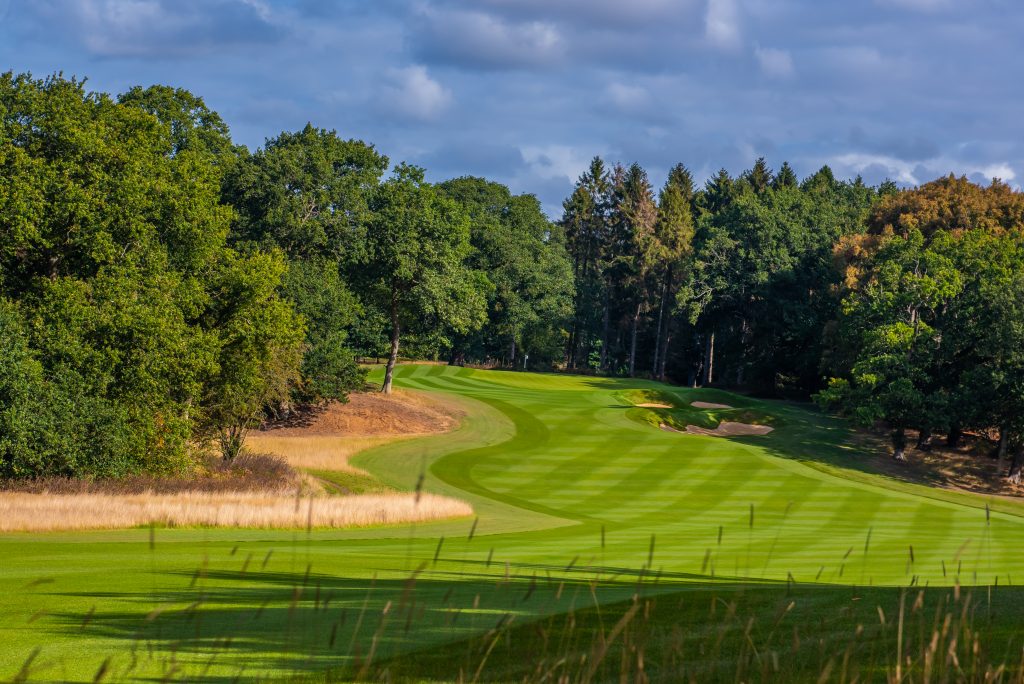
Can you explain the philosophy behind the leading edge Turf Care Centre of Excellence building and what is unique about it? What criteria did you use to design it, how will it work on a daily basis, how will it meet the needs of the club, how will it contribute to the industry and how do you envisage it setting a trend for other clubs?
Simply, the philosophy was to build a facility that would meet today’s and the next 50-plus years of course maintenance. To provide a benchmark facility that would both retain and attract greenkeepers to want to work at Royal Norwich as a environment that is motivational, a place of learning and development and a happy workplace. (Happy staff deliver to happy customers).
It is purpose-built in layout, size and specification. The amount of glazing and naturally-lit spaces is intentional – people work and respond better in natural light.
Connectivity: It’s 1GB fibre-optic cabled with data points covering all areas including the irrigation pumphouse and workshop. Wi-Fi is throughout. The building includes air conditioning to all the key areas and 110kW of PV panels on the roof to generate power for 100 per cent of this facility and 40 per cent of the clubhouse building known as ‘The Stables’. This makes the building very comfortable to work in and more sustainable.
The dedicated training / meeting room provides for both our own team and our business partners, to offer a suitable space to host workshops, seminars and visitors building stronger working relationships and improving learning and development.
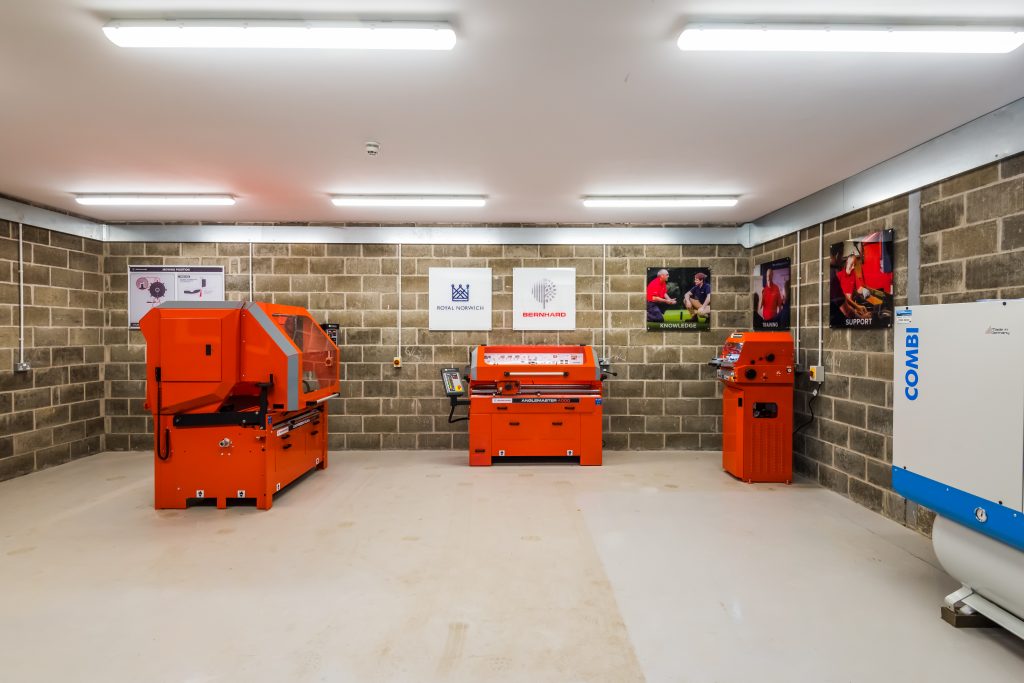
Partnerships are a sure way to build relationships and understanding. What key elements are you looking to achieve from key partners in our industry and what positive mutual benefits do you see long term form doing this?
We hosted 22 Bernhard and Company distributors from Asia the other day – we shared knowledge with each other. Among numerous topics we have all seen a working demonstration of the use of the latest lighting rig technology suitable for use in golf greenkeeping.
We are aiming to benefit from being the first to learn about new technologies as they are developed, understand them better, shape their develop where possible and as a result incorporate the most beneficial ones into our operation to keep us at the forefront of progress.
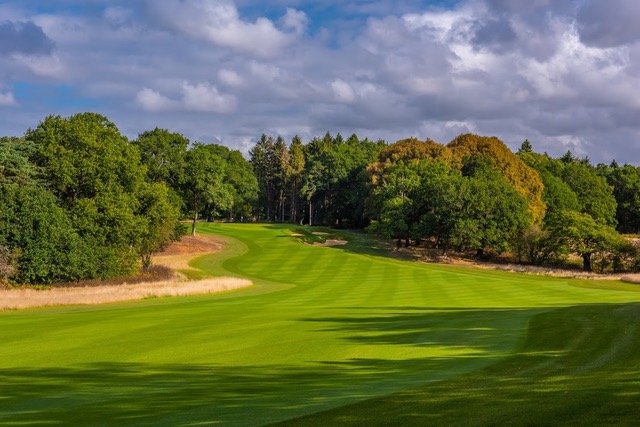
You selected Capillary Concrete for all 60 bunkers, what was your criteria for appraisal and what was it that satisfied you most about the product and service delivered?
Their ability to reduce sand washouts after intense rainfall.
They drain well but can also retain and transfer some moisture back into the sand in very dry weather.
In the event of any future course / bunker alterations, it is easier to add to, dispose of sections and repair the lining with ease.
They’re cost effective / value for money with a ten-year comprehensive warranty offered.
They are practical to install, which makes them cost effective. The distributor offers an installation inspection service to ensure quality and standards are met.
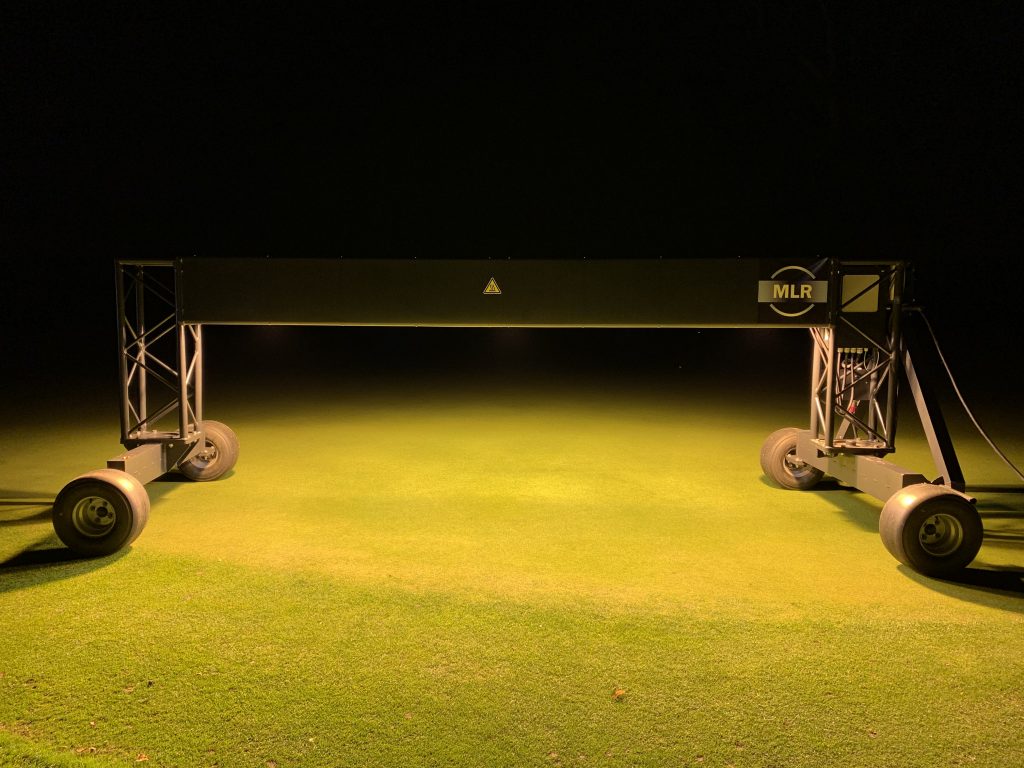
Moisture control will be one of a number of technologies you will employ to adopt a more scientifically-driven approach. Which brand and product range did you select, where and how frequently will it be used, how exactly will the data captured be used and what are your expectations of this process?
We use POGO (two instruments), initially on greens but this will expand in year two to tees.
This is used daily in summer and in prolonged dry periods in spring to assess irrigation needs. We will also be using it at other times of the year to assess how effectively our greens are draining / drying out in wet conditions.
Data is captured on a mobile phone app and shared with the team so irrigation and hand watering is directed to targeted areas only.
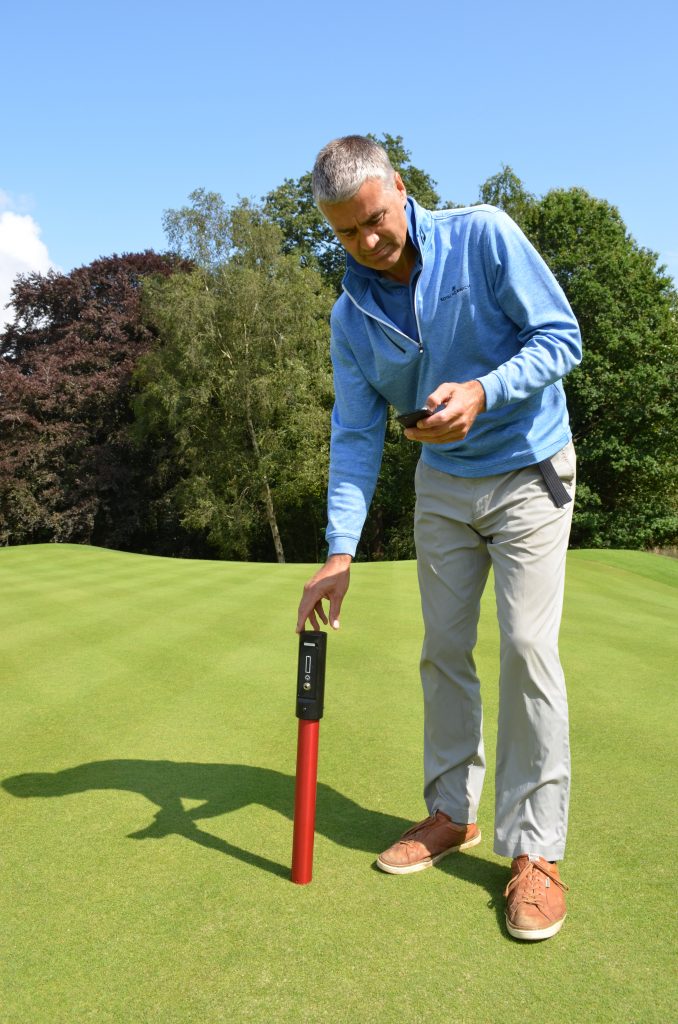
Peter Todd
The rootzone choice and grass species to be used on the greens and the course was a key decision. What factors were taken into consideration, how did you evaluate and appraise them, and what did you decide to run with for the profile and why?
Most greenkeepers spend a great deal of time and effort aerating greens to improve the health of the turf, often dealing with rootzones of closely textured soils or poorly-constructed greens that contain too little air. I hoped to reduce the necessity to frequently carry out these practices in the longer term and to minimise the disruption to play and try and ‘build-in’ more.
I explored the range of rootzone amendments, approved by the USGA, that could be added to sand to construct greens to see what were their benefits in our climate. To evaluate the different options I read technical reports, met others in the industry and discussed these with them and went and visited courses constructed with a range of options to see for myself as well as listen to the managers maintaining them.
Utilising an amendment that provided much greater air-filled porosity from day one struck me as a good starting point as it is inevitable that over time drainage rates slow down as turf cover establishes and organic matter continuously develops. From lab tests, profile, a porous ceramic amendment, mixed with a selected sand, potentially provided a much better rootzone to develop deeper rooting and a healthier growing environment.
Selecting suitable grass species for greens resulted from discussions with the golf architect, consideration of the growing environment, particularly the effects of shade in a a parkland site with extensive tree cover and ongoing maintenance demands. Choosing a mix of two species for greens also reduced the effects of the commonly-experienced grow-in diseases such as take all patch.
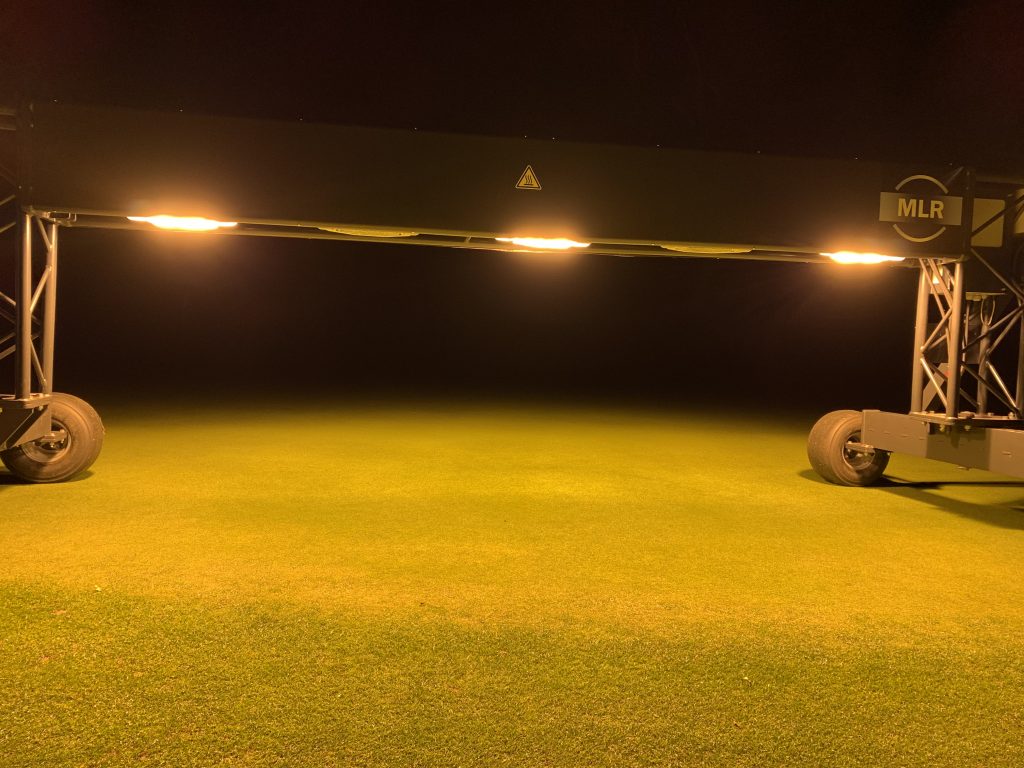
The irrigation system gave another opportunity for you to do things a little differently. Please can you explain who you are working with, what you have added that does not conform to the industry norm, how the system is set up across the course and why you chose to partner with your selected irrigation supplier?
We worked with Roger Davey and his team at Irritech as our irrigation consultants who drew up the initial design and specification of the system.
My influence on this system specification centred around adding pump house connectivity to the internet and the irrigation control PC and real time communication between both in operation as well as inclusion of a data logging weather station. The other influence was stating that the irrigation system manufacturer had to also supply the pump control panel and pumps to make the whole package ‘a one-stop-shop’. This was specified to ensure that the responsibility for the complete system communicating between all its elements rested with the chosen manufacturer. This was not the norm in the UK.
Internet-connected pump houses are also not commonplace in the UK, however the ability for engineers and technical monitoring / support via the internet seemed to me to future proof our operation.
This connectivity allows engineers to observe pump performance and make adjustments to the pump settings remotely and save the time and cost of travelling to site unless absolutely essential.
The other aspect of choice was between Toro and Rain Bird as our preferred irrigation supplier. As with root zone options, visiting recently-installed systems from both companies allowed us to talk to end users and research the differences and benefits of these. On conclusion, we opted to work with Rain Bird as they made considerable efforts to meet our specific requirements and communicated their level of support to us from every level of their company from the UK to Europe and the USA.
The system allows control from both the PC in the office and a mobile interface such as a mobile phone, or tablet, out in the field.
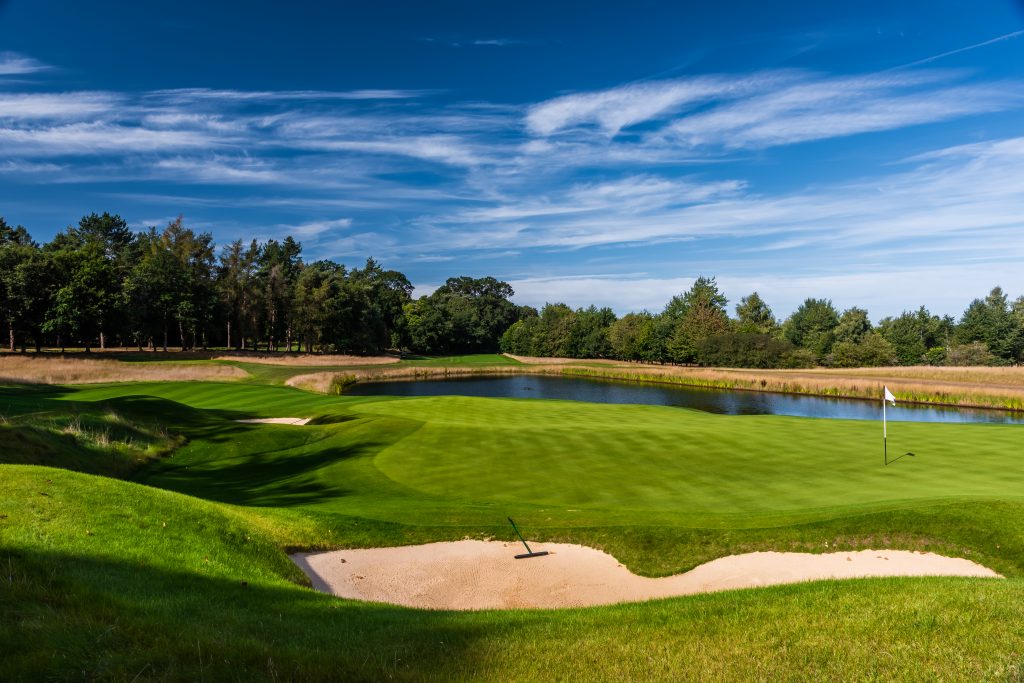
What do you think are the strengths that have carried you through your career and how do you ensure you stay abreast of developments and leading edge technology for the benefit of the course maintenance?
Never get too comfortable and happy with where you are – keep being self critical and looking at ways to ‘up your game’ and make more improvements – continuous development.
Being continuously engaged with key business partners on their up and coming products, offering to undertake trial work and give constructive feedback on prototypes / new products.
Visiting other courses, trade shows and educational workshops helps me to keep in touch with new practices and developments as well as update my own learning and development.
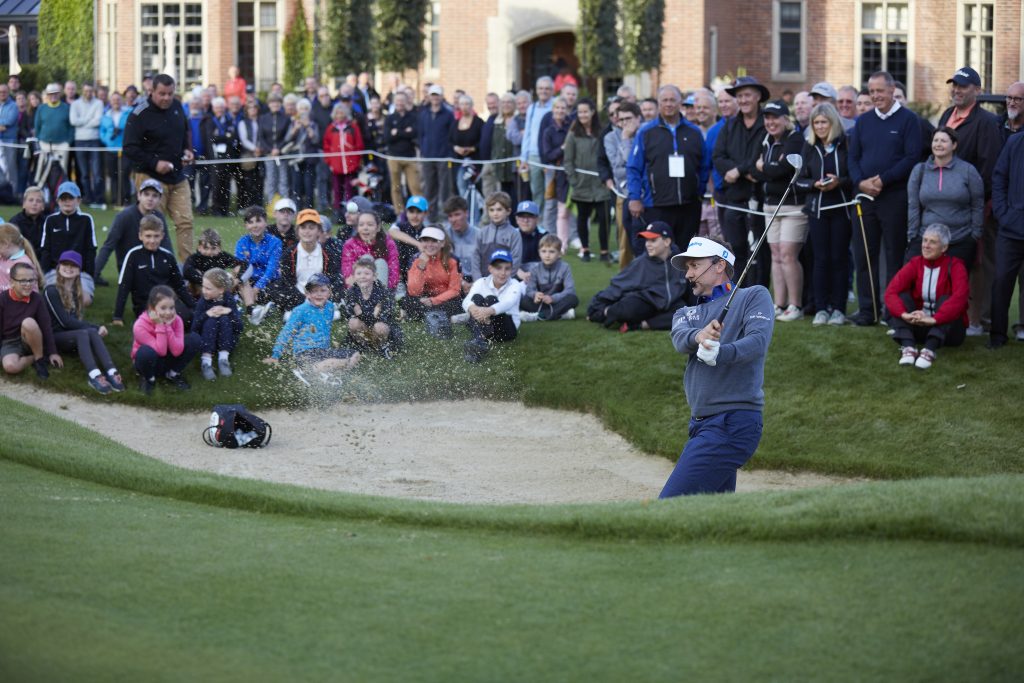
Ian Poulter
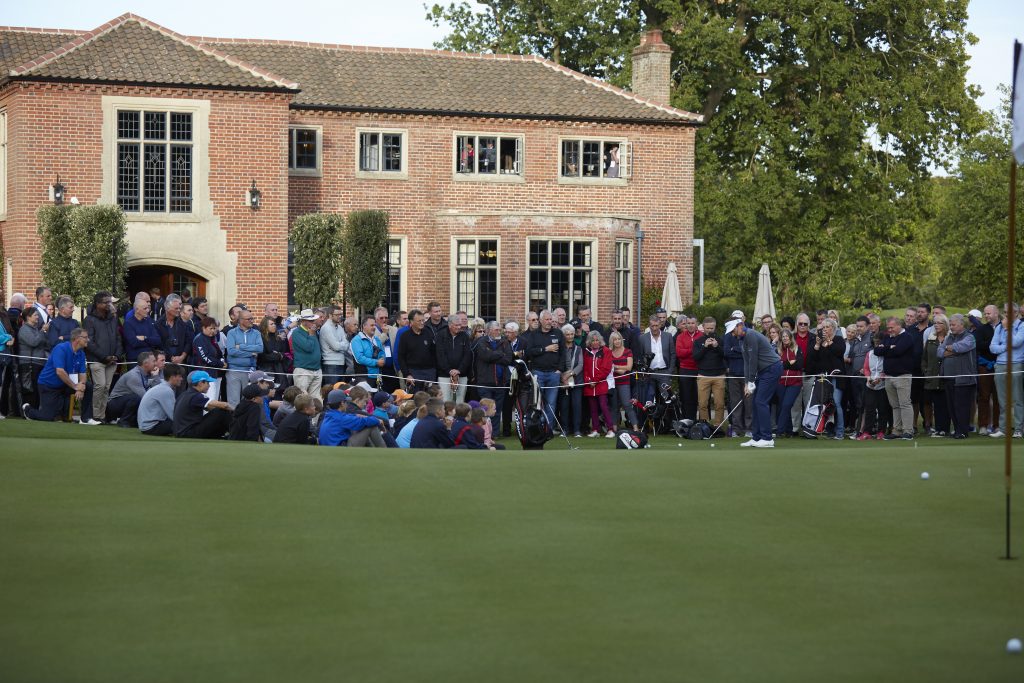
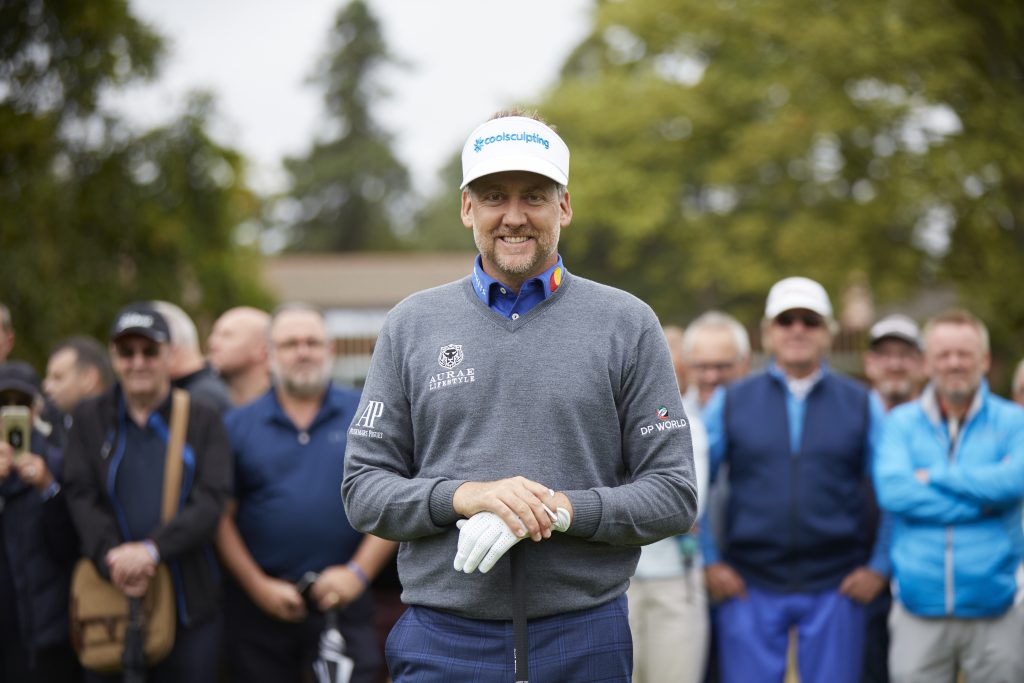
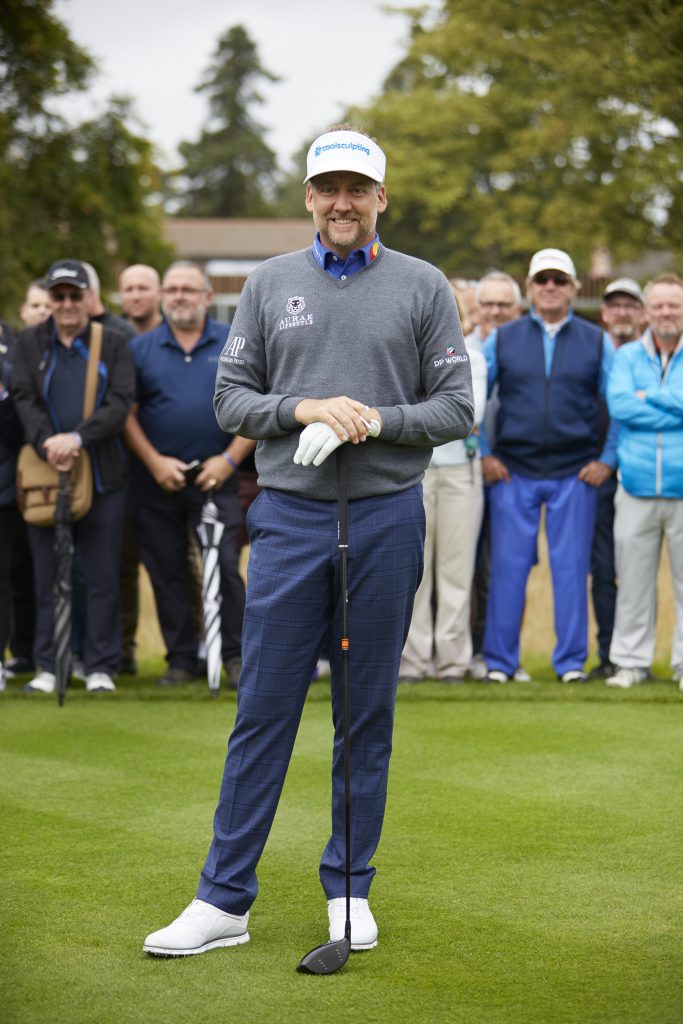

What grass cutting equipment supplier have you partnered with and what was your reason for this choice?
I continue to choose Toro as my preferred grass mowing machinery manufacturer.
They offer a range of equipment that meets our needs, that is solidly built, performs well and has a track record of reliability leading to higher residual values at the end of its use. This combination leads to an overall lower cost of operating cost and ownership.
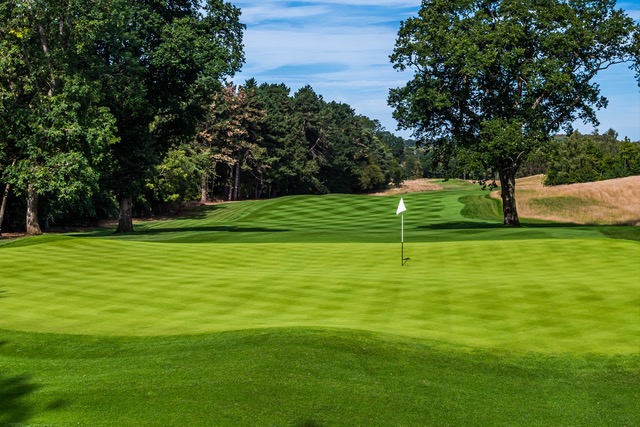
Training and education are key to developing a good team, what will you be doing to ensure you are investing in raising the standard of practice and performance of your greenkeeping team?
I have introduced written standard operating procedures to provide the standards and consistent approach to follow when training and coaching inexperienced staff.
Setting an individual learning and development plan for each member of staff is our objective to ensure our whole team continuously improve and we maximise use of their full potential.
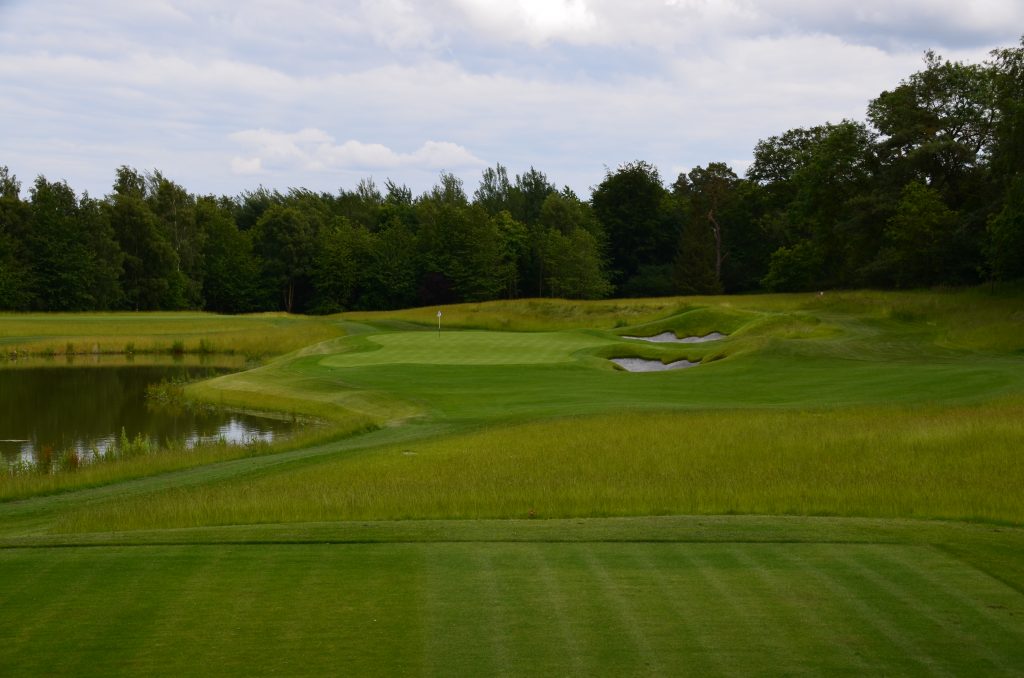
The sharpening room is an integral part of the Turfcare Centre of Excellence and a tremendous learning space. Who did you work with to optimise this area and get the design absolutely right and what do you believe the benefits will be long term to the club and partner you are working with?
Steve Nixon at Bernhard and Company and I jointly designed the mower sharpening room to not only meet our needs but to also meet the objective of us hosting their visitors learning about this specialist workshop equipment and how to get the most from it.
Our partnership arrangement provides a learning opportunity for Bernhard customers and distributors and other industry colleagues to see the equipment operating in a client’s workshop.
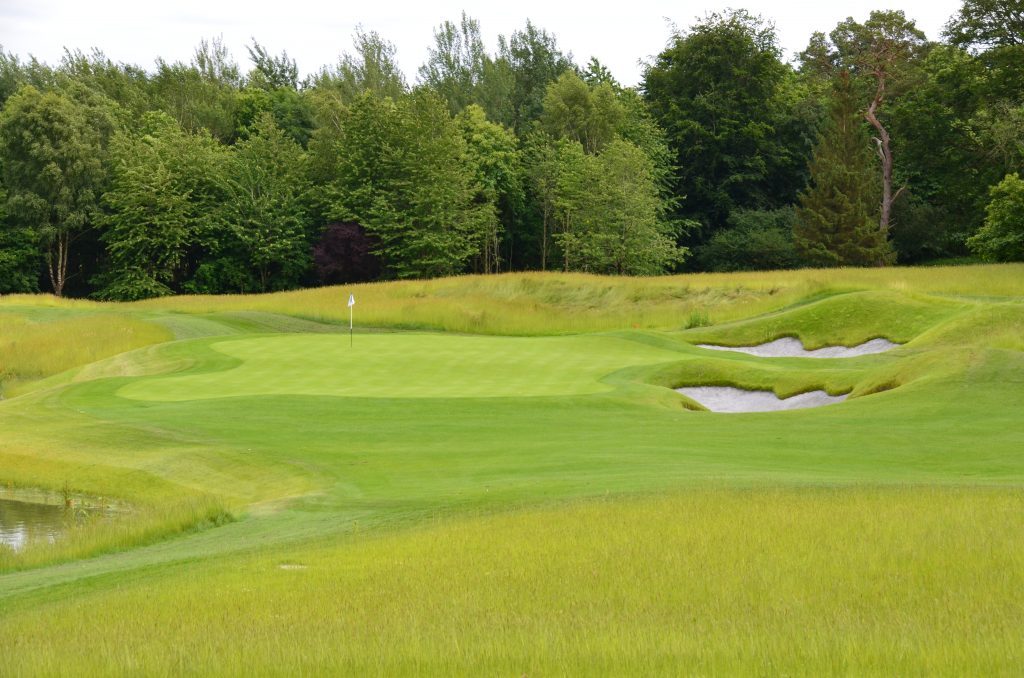
The pressures on the course manager to deliver a better product are growing year on year and the level of professionalism is rising with this. What do you think are the qualities now needed to meet the requirements and demands of golfers by someone in your position and how does this help contribute to the business of golf?
Excellent communication skills and an ability to persuade others of your proposals and recommendations both verbally and in writing.
Change management skills.
An appreciation of what 80 per cent-plus customers are looking for at the same time as not allowing yourself to be unduly influenced by an unrepresentative minority of noisier golfers.
By being good at the above you are able to make progress and improvements and keep the club’s customers returning year on year.
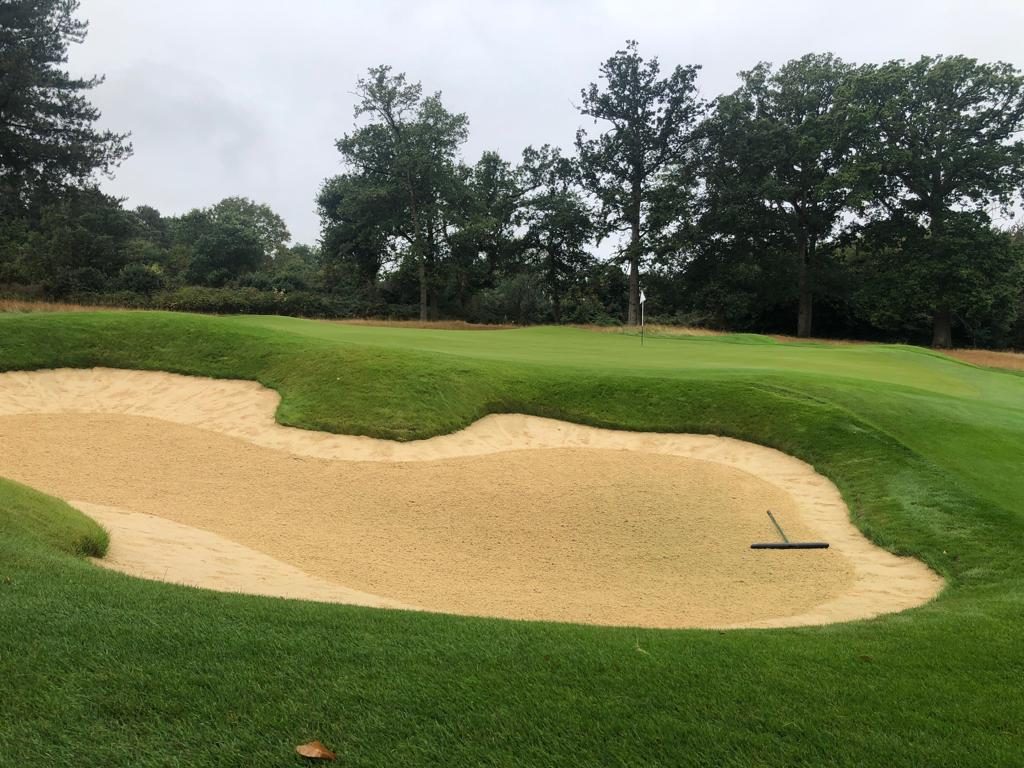
What has given you the greatest satisfaction from the project and what do you feel are the leading edge technologies that will shape the future of the course?
Delivering the new golf course constructions on time and on budget and receiving the positive feedback from both the members and the golf industry.
Seeing the team developing day by day and week by week using techniques that have been new to them.
Automonous mowers and other equipment utilising GPS technology such as autosteer sprayers will revolutionise the marketplace.
An ability to import the information gained through moisture probing directly into an irrigation PC and then the software being able to be quickly and automatically updated.
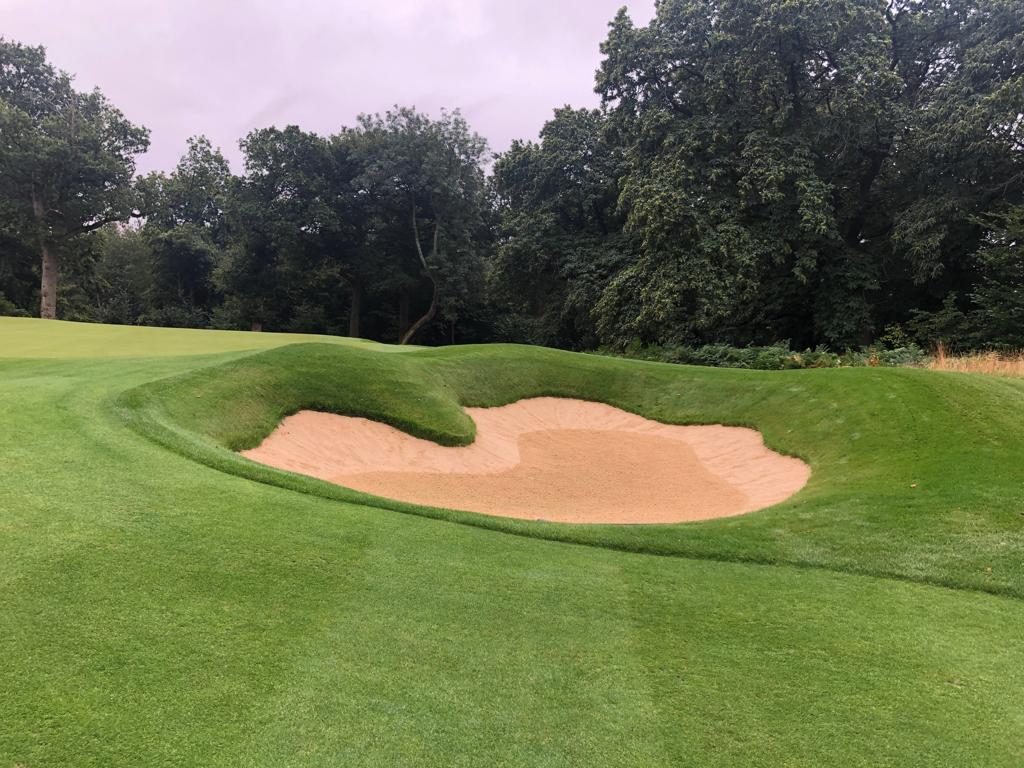
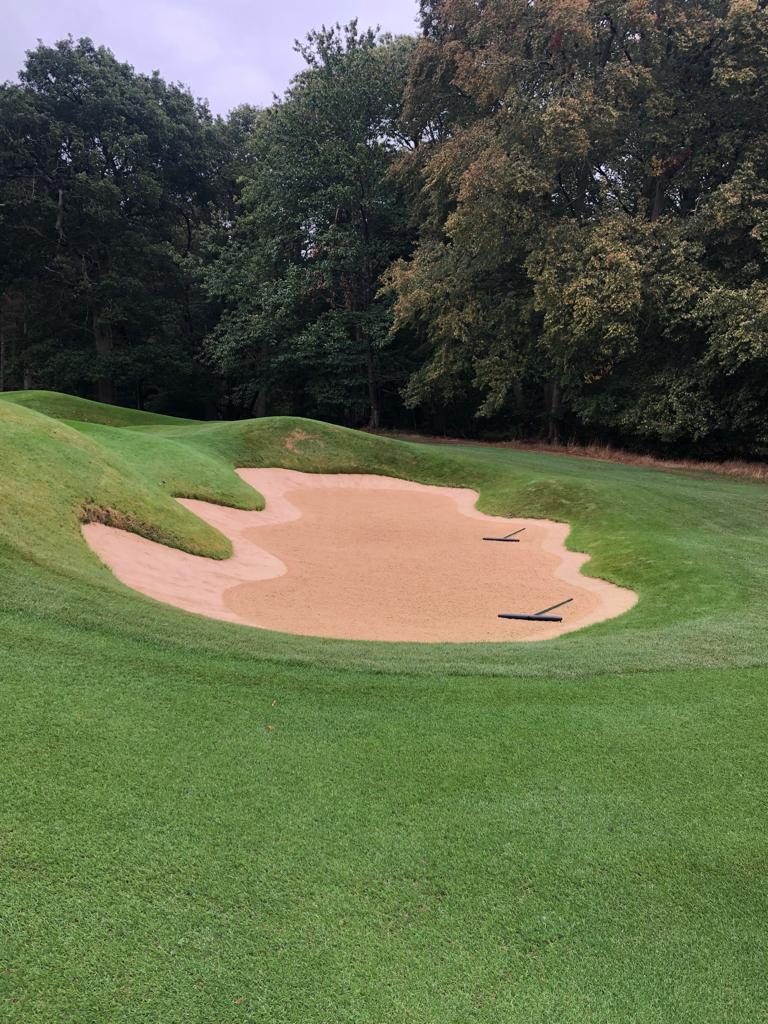
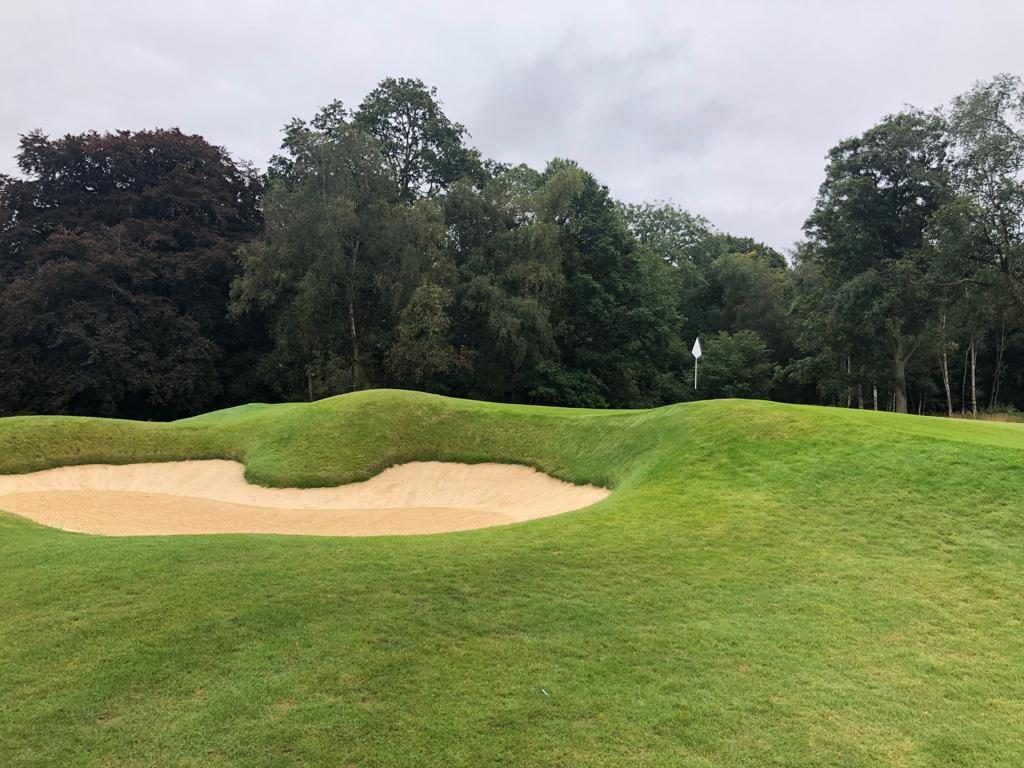
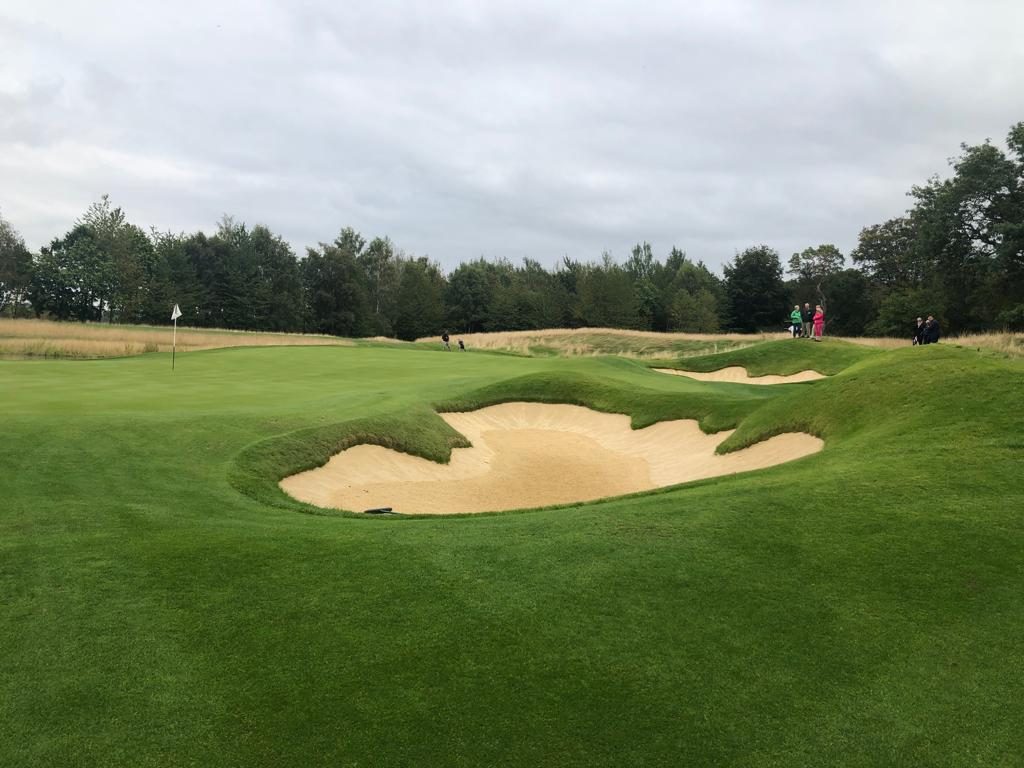
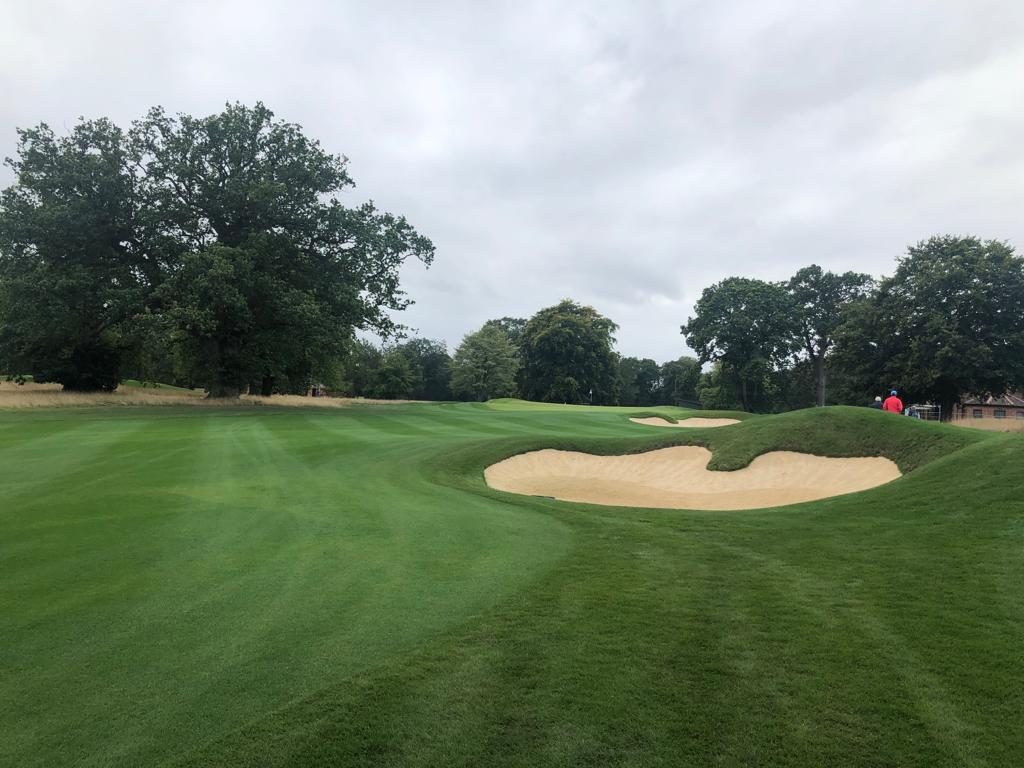
What advice would you give to youngsters starting out and wanting to pursue a career in the profession?
Choose a course manager and club that offers you the right learning and development opportunities. Be less influenced by pay initially and more by how committed to your club’s learning and development plan.
Grab opportunities such as working abroad or gaining hands-on experience of all aspects of greenkeeping before you rise to the point where you can’t be hands-on anymore and / or it’s too late to do this as you now have family commitments that prevent you.
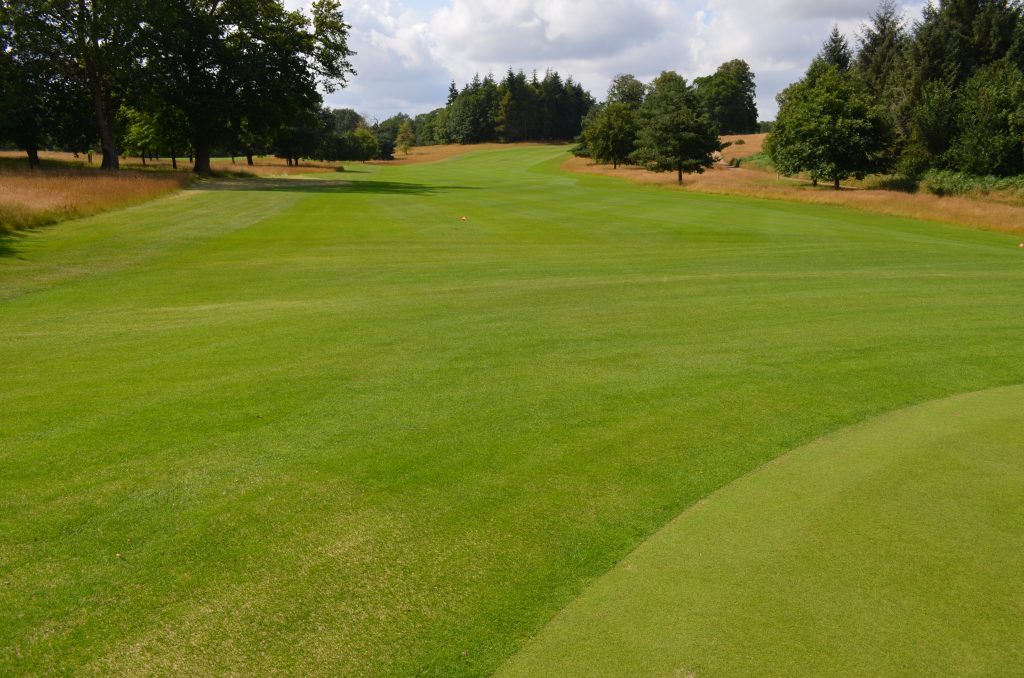
What changes do you think need to be made to benefit the industry and profession of the greenkeeper?
Clubs would benefit from listening and involving their course managers / head greenkeepers more in the decisions made to the running of the club’s business.
Changing governance models to be run by a board of directors instead of committees would allow this to happen in the most effective way.















Let me tell You a sad story ! There are no comments yet, but You can be first one to comment this article.
Write a comment